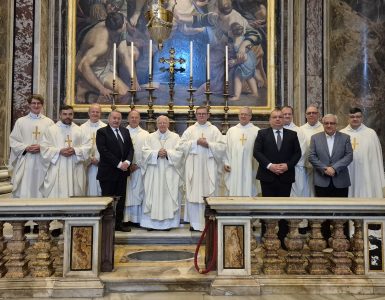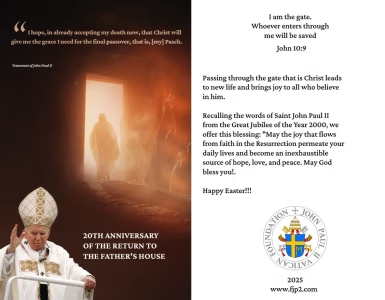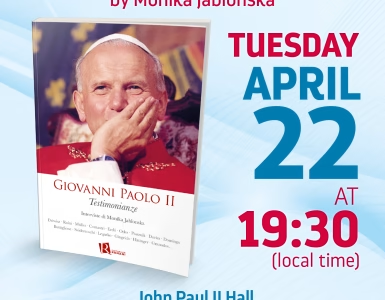Almost all the countries of the former communist regime inevitably experienced difficult times. It was a transitional phase, a stage in the consolidation of a new situation, but it was also an opportunity that should not have been lost. The only opportunity to change the course of history, to transform relations between peoples, to close the definitively tragic chapter written by two totalitarianism, which, one by one, tried to suppress the freedom and spirit of Christianity in Europe.
Nothing could therefore have had a more symbolic pronunciation than the presence of John Paul II and Chancellor Helmut Kohl at the Brandenburg Gate in Berlin on June 23, 1996. The gate, which – as the Pope mentioned – was occupied by two German dictatorships, a Nazi and then a communist one, which “turned” it into a Wall. The gate, which has now become “a witness to the fact that people, by shedding the yoke of slavery, have freed themselves from it.”
For the Holy Father, it was a touching time full of emotions, although, as I admit with some bitterness, many people in Europe did not fully realize the importance of this gesture of the Pope – the passage through the Gate, which was a symbol of Nazi triumph. Not because it was the Pope – Karol Wojtyła. Then, the beatification of the victims of concentration camps on the same stadium where the Olympic Games were held in Hitler’s presence was also important.
For John Paul II, the passage through the Brandenburg Gate was a sign of the definitive end of World War II and the ceremony at the stadium was a visible seal of God’s victory in the terrible fight against evil.
With the consent of Cardinal Stanisław Dziwisz – “Testimony”.
TBA marketing communication Publishing House. Warsaw 2007





